Mei, 26. Sept 2021 PLE taker. A blog dedicated to medical students and online patients.
Don't wanna be here? Send us removal request.
Text
One Year Later - What it’s like to die from Covid-19
“I wouldn’t wish it on my worst enemy”: Doctors describe what their sickest coronavirus patients endure.

Photograph: Healthcare workers prepare to prone a patient in the Covid-19 Intensive Care Unit (ICU) in Mission Hills, California. Ariana Drehsler/Bloomberg via Getty Images.
We’ve reached half a million deaths from the coronavirus in the US. But most of these deaths — and the grueling medical ordeals leading up to them — have remained largely hidden from view. The majority of terminally ill Covid-19 patients typically spend their last days or weeks isolated in ICUs to keep the virus from spreading.
“Most of what I’m seeing is behind closed curtains, and the general public isn’t seeing this side of it,” says Todd Rice, a critical care and pulmonology specialist at Vanderbilt University Medical Center. Even “families are only seeing a little bit of it,” he says. As a result, most of us have been “protected and sheltered from seeing the worst of this disease.”

Photograph: Health care workers prone a patient in the Covid-19 intensive care unit overflow area at Providence Holy Cross Medical Center in Mission Hills, California. Ariana Drehsler/Bloomberg/Getty Images.
So what have these 500,000 people endured as the infection took over and their bodies failed? The terrible details have been strikingly absent from most of our personal and national discussions about the virus. But if we have been thus far (perhaps somewhat willfully) blind to the excruciating ways Covid-19 takes lives, this milestone is an opportunity to open our eyes.

Photograph: A woman holds her husband’s hand as a nurse holds a phone displaying a mariachi band playing “La mano de Dios,” his favorite song, at St. Jude Medical Center in Fullerton, California. Irfan Khan/Los Angeles Times/Getty Images.
Patients struggling through low oxygen levels like this have told Kenneth Remy, an assistant professor of critical care medicine at Washington University School of Medicine in St. Louis, that it feels like a band across their chest or that their lungs are on fire. Or like a thousand bees stinging them inside their chest. Others might have thick secretions in their lungs that make it feel like they are trying to breathe through muck. Many people say it feels like they’re being smothered.
The agony of being critically ill with Covid-19 isn’t just borne by the body but also by the mind. “It doesn’t only put your lungs on fire or give you a horrible headache or make you feel miserable or make you breathe really fast,” Remy says. “It also wreaks havoc on your mental state.”

Photograph: Chaplain Kevin Deegan prays with a Covid-19 patient, as she speaks with family members remotely, at Providence Holy Cross Medical Center in Los Angeles. Mario Tama/Getty Images.
A significant proportion of people — somewhere between about 1 in 5 and 1 in 3 — who get very sick with Covid-19 also end up with kidney failure. To prevent this from killing them, they’re put on dialysis machines, which take blood out of the body and filter it before returning it to the body. This procedure can cause nausea, cramping, and chronic itching. Anyone getting dialysis will need two additional large catheters put into another major blood vessel.
But these aren’t all of the tubes critically ill Covid-19 patients need. They also have a central venous catheter to administer medication. This long tube usually gets inserted into a major vein in the clavicle or groin, then is pushed through the vein until it reaches the heart, where it will stay until that person recovers or dies. Another catheter, sometimes put in near the groin, will take the person’s blood for analysis.
Other catheters will be inserted into the urethra to drain urine (which is monitored closely) and the rectum to frequently evacuate their feces (which is especially important because Covid-19 often causes diarrhea). Additional IVs, such as for hydration and medications, will poke patients in smaller vessels as well. People this ill with Covid-19 will also have a tube put into their mouth or nose and down into their stomach, to deliver a nutritious slurry to prevent malnutrition.
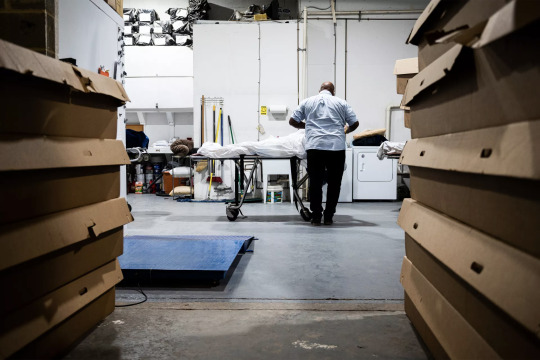
Photograph: Funeral home transporter Reggie Elliott prepares a body at Maryland Cremation Services in Millersville, Maryland. Andrew Caballero-Reynolds/AFP/Getty Images.
Meilinh Thi, who specializes in critical care and pulmonology at the University of Nebraska Medical Center, has witnessed the same thing. “A lot of patients, regardless of age, have this sense of impending doom,” Thi says. Many have told her outright they felt like they were going to die. Eerily, “Everyone who has told me that has passed away,” she says.
Despite the palliative care and the possibility for family to now be present for a person’s actual death, doctors describe Covid-19 as a uniquely terrible way to die. “Covid is just so different,” Thi says. “I don’t think anything could be comparable to it. … I don’t wish it on my worst enemy.”
By Katherine Harmon Courage (Vox)
82 notes
·
View notes
Video
tumblr
What a dying neuron looks like | source
4K notes
·
View notes
Text
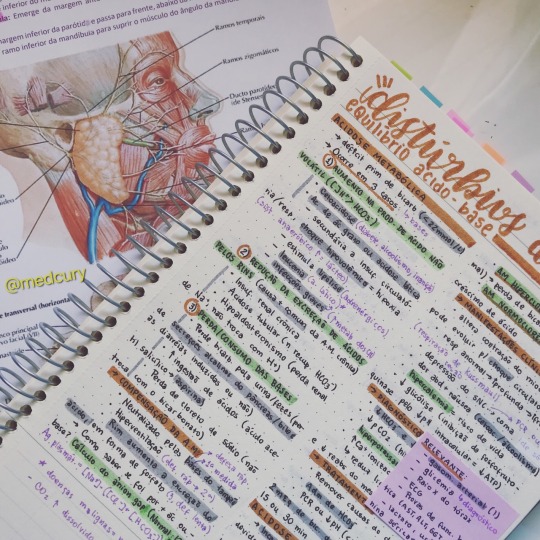
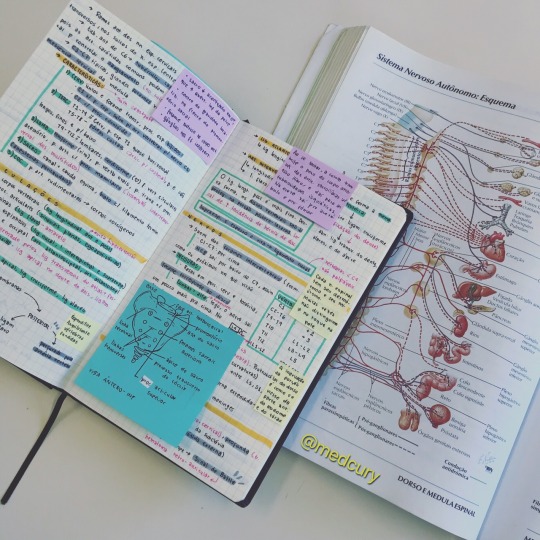


22082019// some recent highlights from my studygram
2K notes
·
View notes
Photo
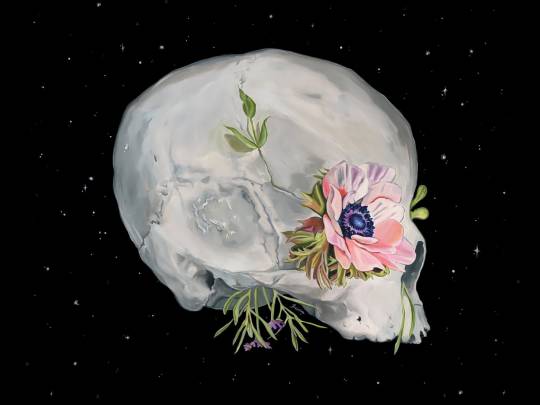

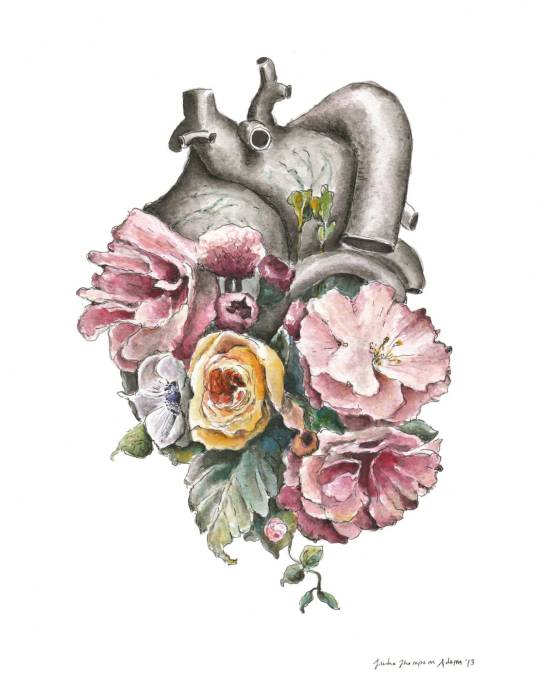



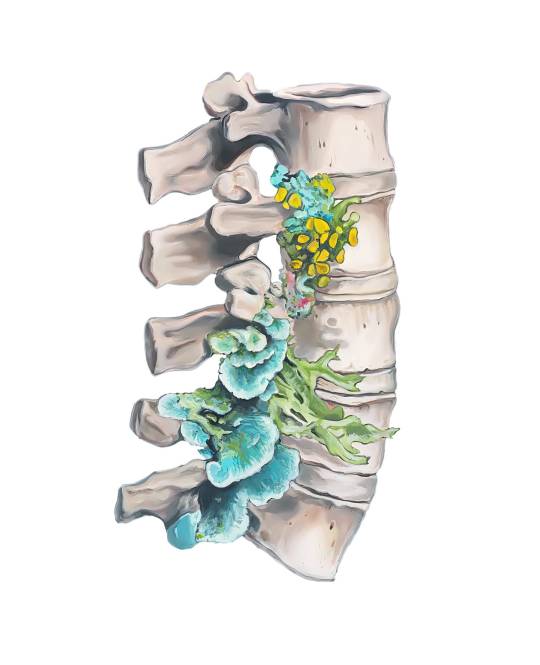
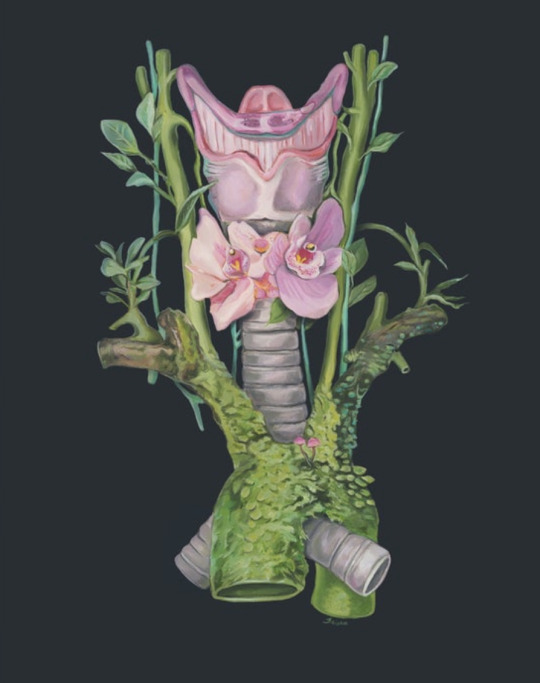


Anatomical Art
-by Trisha Thompson Adams (tinyartshop)
4K notes
·
View notes
